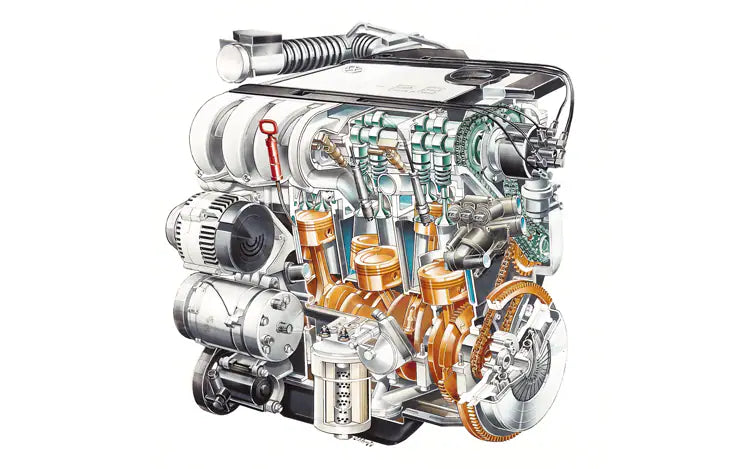The upcoming McLaren Senna isn't participating in this; it has better things to do than appeal to the wallets of desert royalty. For one, it's probably not pretty enough to tempt people away from the other 200mph options for parking in front of the shops on Bond Street. There are no electric motors here either, horsepower readings have remained in triple-digit territory, the car certainly doesn't look faster than its lap times like so many others tend to, and not much is likely to keep up to it on the race track.






The McLaren Senna, which will start shipping to its 500 customers later in 2018—same old story here: already booked, waiting lists, angry rich people, etc.—will use a developed version of the 720S's engine to produce 789 internally-combusted horsepower and 590ft-lbs of torque from its 4.0-liter twin-turbo V8, and it weighs a scant 2,641 pounds. It doesn't have the stat-sheet game wholly beaten by any means, but when it comes to power-to-weight ratios there's not much at this level that's still road-legal.







The Senna will come with license plate mounts so you can drive yours down the freeway with everyone else if you choose, and while the company has offered world-beating street cars for some time, they say their latest is the first to be a fully compromise-free performer. It was built for the track first and foremost, even if it does have a Tesla-esque screen slapped on the dash and the ubiquitous drive mode options bookended with "comfort" and "track." It's likely we won't learn a whole lot more until the car makes its official debut in March at the Geneva International Motor Show, but we know the $1M McLaren sit comfortably at the top of the company's performance pillar where the out-of-production P1 used to be, for now.
Along with the Aston Martin-Red Bull Valkyrie and the Mercedes-AMG Project One, it looks like the cutting edge supercar wars will be fought on the grounds of aerodynamics and the pursuit of lightweight construction rather than power alone. We'd be happy to see this trend continue, but there is an undeniable allure to really big numbers too, so what do you think of the Senna? Is it a step in a better direction?





















































